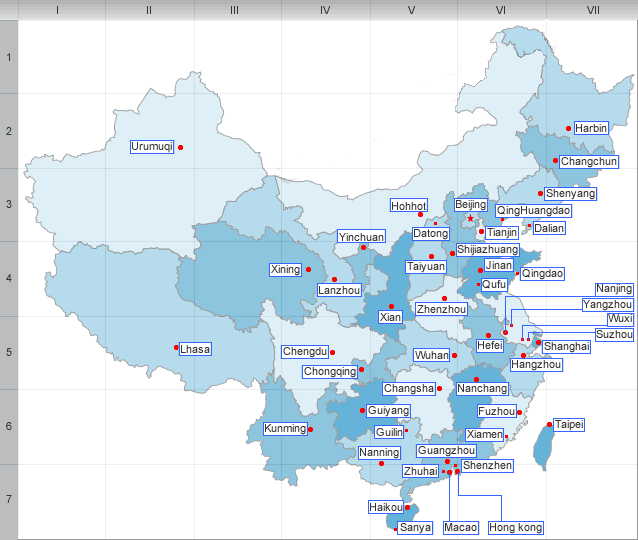Ethnic group and Culture of Guangdong
Ethnic group
The majority of the province’s population is Han Chinese. There is a small Yao population in the north. Other smaller minority groups include Miao, Li, and Zhuang.
Guangdong is also the ancestral home of large numbers of overseas Chinese. Most of the railroad labourers in Canada, Western United States and Panama in the 19th century came from Guangdong. Emigration in recent years has slowed with economic prosperity, but this province is still a major source of immigrants to North America and elsewhere in the world.
Culture
Guangdong is a multicultural province. The central region, which is also the political and economic center, is populated predominantly by Cantonese-speakers. This region is associated with Cantonese cuisine(粤菜). Though it has the name Cantonese, Cantonese cuisine also includes Hakka cuisine (客家菜) and Teochew cuisine (潮州菜). Cantonese opera is a form of Chinese opera popular in Cantonese speaking areas.
The SARS virus is thought to have originated in Guangdong, due to the cuisine of the region, which famously includes "anything that walks, crawls or flies".
The Hakka people live in large areas of Guangdong, including Huizhou, Meizhou, Shenzhen, Heyuan, Shaoguan and other areas. Most of the Eastern part of Guangdong is populated by the Hakka people except for the Chaozhou and Hailufeng area. Hakkas culture include Hakka cuisine, Han opera, Hakka Hanyue and sixian (traditional instrumental music) and Hakka folk songs (客家山歌).
The area around the cities of Chaozhou and Shantou in eastern Guangdong, forms its own cultural sphere. Here, the people speak Teochew (潮语), and their cuisine is Chiuchow cuisine. The Teochew people, the people in Hailufeng and the people in Leizhou Peninsula all speak a language similar to Min. Teochew opera is also very famous and has a unique form.
In addition to the various local varieties of spoken Chinese, most people also speak Putonghua (Mandarin).
| PREV:Economy of Guangdong | Next:History of Hainan |



